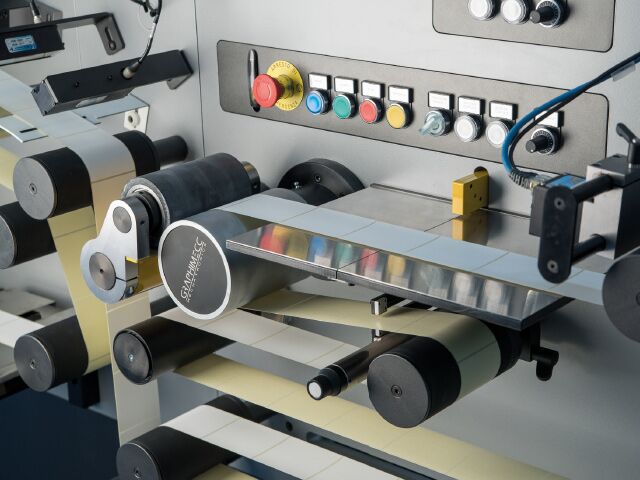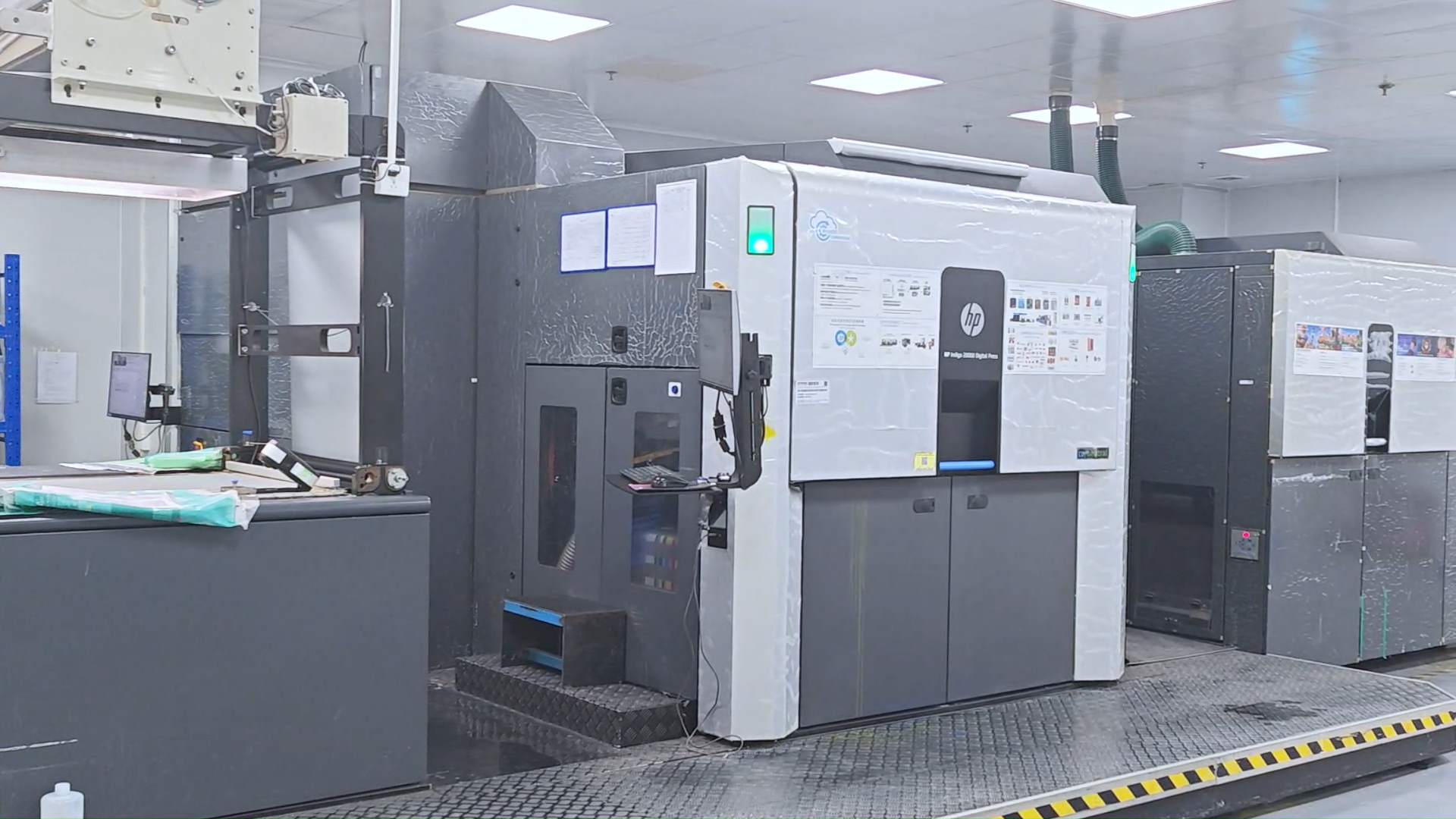In today’s fast-paced global market, the concept of supply chain transparency with security printing has gained significant importance. As businesses strive to enhance their operations, ensuring transparency in the supply chain is crucial. This is where security printing plays a pivotal role, helping companies safeguard their products and maintain trust with consumers.
Security printing, a technique used to protect products from counterfeiting, is increasingly being integrated into supply chains to enhance transparency and accountability. By implementing these measures, businesses can effectively track and verify the authenticity of their products at every stage of the supply chain.

The Importance of Supply Chain Transparency
Supply chain transparency refers to the ability of businesses to track and monitor their products throughout the entire supply chain. This transparency helps companies to identify any potential disruptions, inefficiencies, or security threats in the supply chain. With globalization and the rise of e-commerce, the need for transparency in the supply chain has become more critical than ever before.
Enhancing Trust with Consumers
One of the primary benefits of supply chain transparency is the ability to build trust with consumers. When customers know where their products come from and how they are made, they are more likely to trust the brand. By utilizing security printing, businesses can provide consumers with verifiable information about their products, strengthening their trust and confidence.
Reducing Counterfeit Risks
Counterfeiting is a significant issue that affects many industries, leading to financial losses and damage to brand reputation. By integrating security printing into the supply chain, businesses can combat counterfeiting and ensure that their products are genuine. Techniques such as anti-counterfeit printing for auto parts and screen printing for security features can be valuable tools in this effort.
Security Printing Techniques
Security printing encompasses a range of techniques designed to secure products and protect them from unauthorized reproduction. These techniques include:
Holograms
Holograms are three-dimensional images that are difficult to replicate. They are commonly used on products and packaging to verify authenticity and prevent counterfeiting.
RFID Tags
RFID tags are small electronic devices that emit radio signals, allowing products to be tracked throughout the supply chain. This technology enhances transparency by providing real-time information about the location and status of goods.
Smart Labels
Smart labels, such as those used in IoT and smart labels, contain embedded sensors and chips that store product information. These labels can be scanned to verify authenticity and track the movement of products.
Implementing Security Printing in the Supply Chain
Integrating security printing into the supply chain involves several steps. First, businesses must assess their current supply chain processes to identify areas where security printing can be most effective. Next, they must select the appropriate security printing techniques based on their specific needs and industry requirements.
Working with Experts
Collaborating with experts in security printing can help businesses implement effective solutions tailored to their unique needs. Companies like RFID tags in printing provide valuable insights and services to ensure successful integration.
Training and Awareness
Training employees and raising awareness about the importance of security printing are crucial steps in the implementation process. By educating staff on the benefits and applications of security printing, businesses can create a culture of transparency and security within the organization.
The Future of Supply Chain Transparency
As technology continues to evolve, the future of supply chain transparency looks promising. Emerging technologies, such as blockchain and the Internet of Things (IoT), are expected to further enhance transparency and security in the supply chain.
Blockchain Technology
Blockchain technology offers a decentralized and tamper-proof system for recording transactions and tracking products. By integrating blockchain into the supply chain, businesses can create an immutable record of product information, ensuring transparency and accountability.
IoT Integration
The IoT enables real-time tracking and monitoring of products throughout the supply chain. By integrating IoT devices with security printing techniques, businesses can gain valuable insights into their supply chain operations and improve efficiency.

Conclusion
In conclusion, supply chain transparency with security printing is a vital aspect of modern business operations. By implementing security printing techniques, companies can enhance transparency, reduce counterfeit risks, and build trust with consumers. As technology continues to advance, businesses must stay informed and adapt to new trends to maintain a competitive edge in the market.
FAQs
What is supply chain transparency?
Supply chain transparency refers to the ability to track and monitor products throughout the supply chain, ensuring accountability and efficiency.
How does security printing help in combating counterfeiting?
Security printing techniques, such as holograms and RFID tags, help verify the authenticity of products and prevent unauthorized reproduction.
What are the benefits of implementing security printing?
Implementing security printing enhances supply chain transparency, reduces counterfeit risks, and builds trust with consumers.
For more information on anti-counterfeiting techniques, visit Taylor’s blog.
This article contains affiliate links. We may earn a commission at no extra cost to you.







